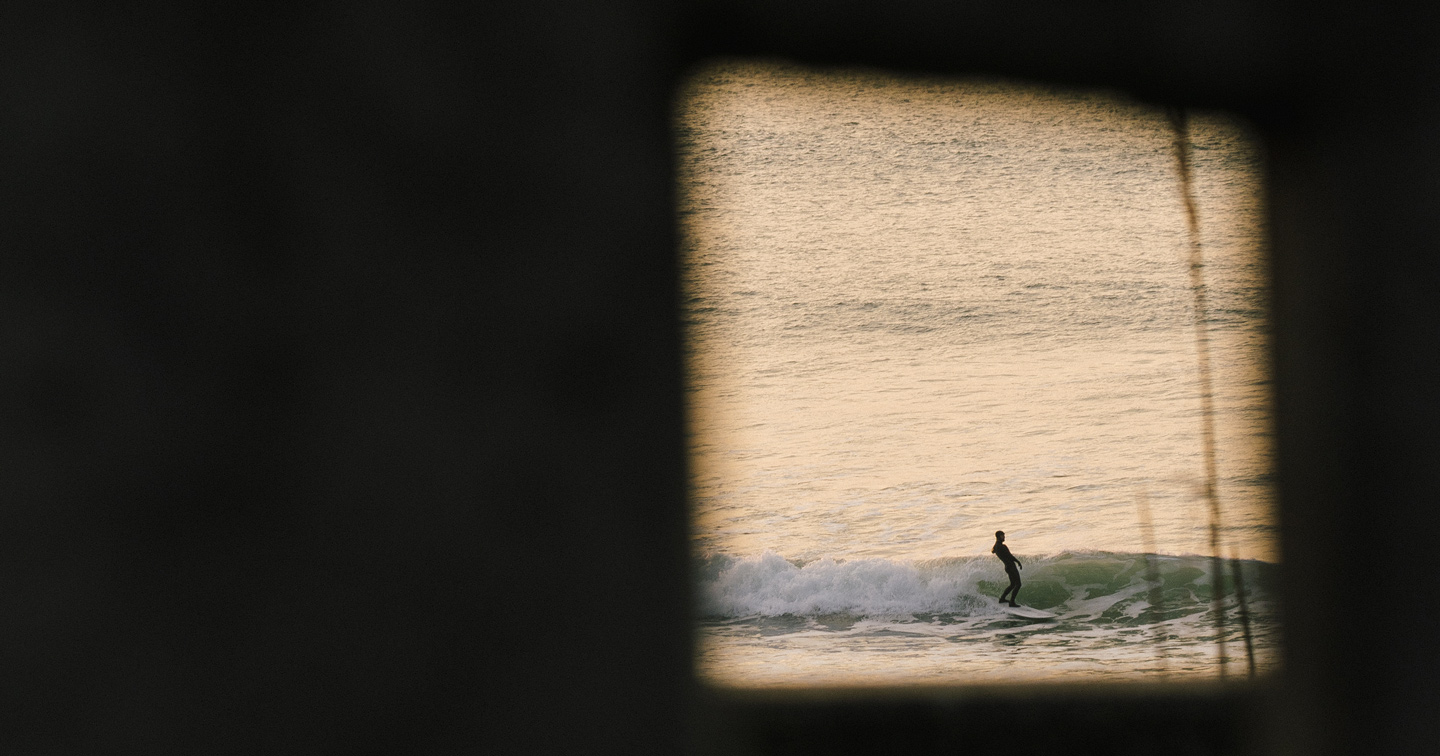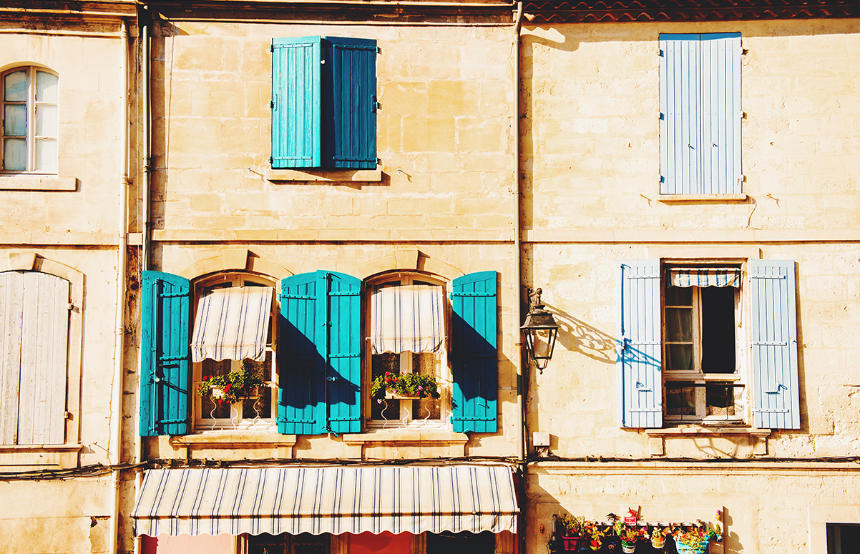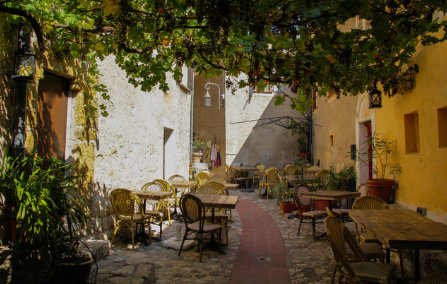Published 13th Dec. 2023
Reading time
If Paris is the ‘City of Love’, then we’re certain cheese falls under its charm. Across France, cheese is considered the country’s culinary crown jewel, with almost 1,500 varieties. Because each creation has its own meticulous method of transforming milk into cheese, there are various categories of classification based on the type of milk used, heat treatment, curd preparation and method of ripening. Who knew cheese had technicalities beyond its taste? Read on for a roundup of our favourite cheese in France.
It’s soft, it’s creamy, and it’s found front and centre on any good cheese board – of course we could only be talking about camembert. This cheese’s origin story lies in the hands of Marie Harel who, in 1791, was gifted a soft-cheese-making-method in return for hiding a priest fleeing Brie (the region, not the cheese). Normandy’s climate required a slightly different production process, and camembert was born. Today, French camembert must be made from raw cow’s milk and be matured for at least four weeks to form the signature mouldy rind and gooey interior. With its mushroomy, buttery, grassy flavour, camembert is iconically French and pairs perfectly with a beret, baguette and bottle of wine. J’adore!
Roquefort is as recognisable with your eyes closed as it is with them open. The striking blue veins catch the eye and pack a salty punch to the nose. Legend has it that this signature look was a happy accident; after spotting a beautiful woman, a shepherd left his feast of ewe’s milk curds in a damp cave. On his return, he found himself stuck between a Roquefort and a hard place (sorry). Eat the mould-marbled curds or go hungry? He chose the former, cried out ‘c'est délicieux!’ and marked the birth of Roquefort. But today, the stinky slabs are no happy accident. This is a cheese in France that’s produced with Protected Designation of Origin precision, made only in the Cobalou caves of Roquefort-sur-Suoulzon and using milk solely from the local Lacaune sheep. The resulting sharp and tangy flavour is best enjoyed alongside the sweetness of fresh fruits, or as an added kick to salads, burgers and bread.
With its wrinkly blue-grey rind, Selles-sur-Cher isn’t the most aesthetically pleasing cheese in France. But slice through the rind (which is dusted with wood ash) and you’ll find a creamy white interior. The centre is succulent and velvety, made from full-fat goat’s milk that’s been curdled with rennet and matured for ten days, giving it flavours that are lemony, nutty and, well, goaty. When eaten with the rind (an absolute must-do in our opinion), the flavours are much sharper due to the ash and mould – trust us. Whether enjoyed in a honey and walnut salad or slathered on toast with jam, we’re certain you’ll be coming back for more.
Good things come to those who wait, and Comté is no exception. Each cheesy wheel is matured over a period of at least 120 days (and eaten in 120 seconds) and requires the milk of 23 cows from the Jura Mountains (each with at least one hectare of pasture due to French regulations). The cows’ diet also determines the type of Comté produced, with summer grasses making for a gold and earthy cheese, while winter’s hay make it mild and milky. When it comes to texture, it remains hard but creamy year-round and is delicious addition to sandwiches and toasties.
Written by Evie Buller

Given our parent company, Voyageurs du Monde, are based in Paris, our French travel tips are second to none, and are constantly being updated with local knowledge. Supplemented by this first-hand expertise, our well-travelled team can tailor itineraries to your preferences... think the likes of wine-tasting tours organised by our Conde Nast Wine Regions Specialist, cheese-making in the mountains or tours of Paris in a vintage car. Equipped with nothing but school-level French? Fear not; our trusty Concierges and guides are on hand in places like Corsica, where English speakers are scarce.
ENQUIRE NOWPractical advice and inspiration for your next trip

On a recent research trip to Provence, our Europe expert, Sophie, sampled a slice of the laid-back French way of life. Slow, winding drives past lavender fields and olive groves led her to pretty villages with bustling markets, art exhibitions, traditional cuisine and more. Whether you’re looking to plan your own trip to Provence or simply want the inside scoop on Sophie’s, read on to discover her best bits and top tips… Where did you visit?
11th November 2025 - France Travel Tips

From quaint labyrinthine streets and ancient mountainside buildings to flower-filled gardens and picturesque ports, certain villages in the south of France look like they’ve been plucked from a fairytale. Whether tucked along the pretty pine-fringed coast or perched precariously atop a rocky outcrop, there’s even a committee that elects the most charming villages every year. Planning a French getaway?
2nd February 2025 - France Travel Inspiration

After seasoned skiers have retired their boots for the year and après paused for the warmer months, summer graces the French Alps with a soul-warming hug. Snow-capped peaks turn into lush green meadows, bringing ample opportunity for outdoor fun in the sun. Whether hiking well-trodden paths, relaxing by crystal-clear lakes or sampling seasonal food, one thing’s certain – summer in the French Alps is all about killer mountain scenery.
11th June 2024 - France Travel Inspiration

Our team of destination experts will get to know you and your unique requirements for your holiday

We work with you to build an ultra-personalised holiday itinerary with your choice of accommodation, experiences and activities

All of our holidays include little extras designed to make a big difference to your trip, from fast-tracking you through airport check-in and security to our network of local Concierges